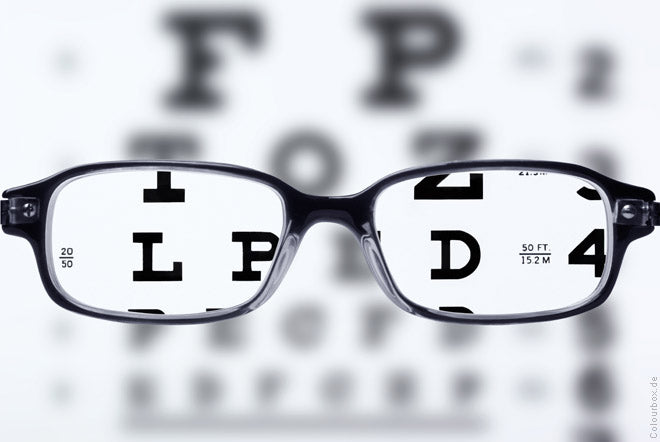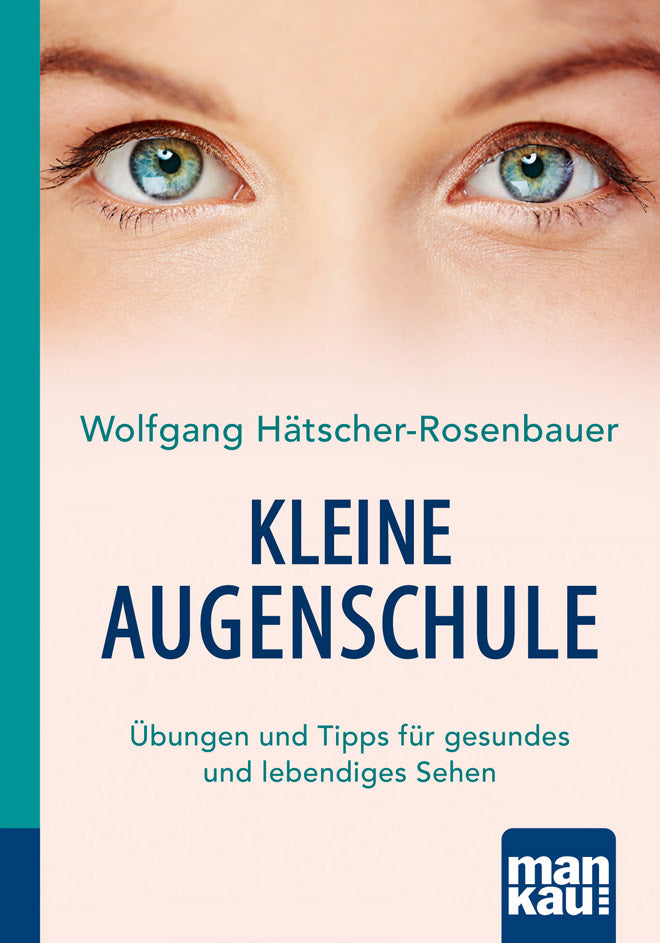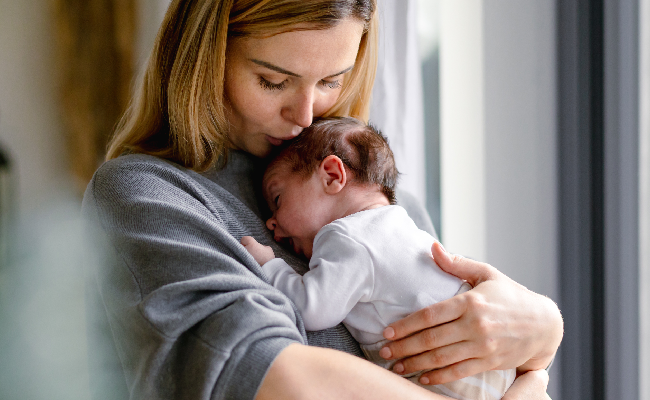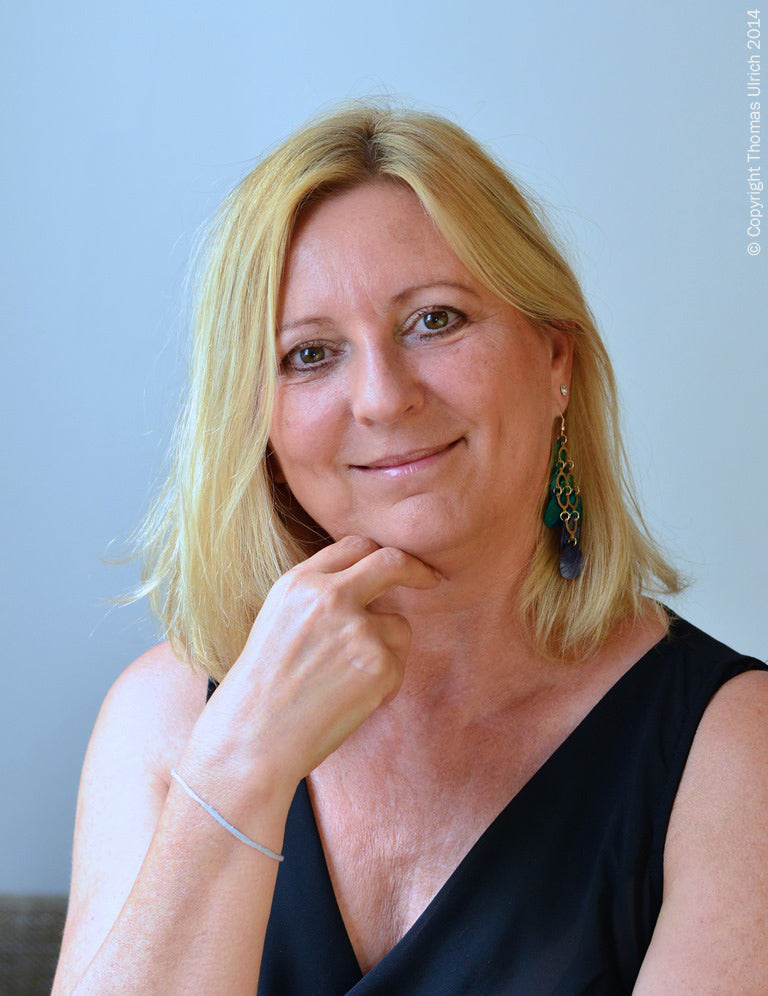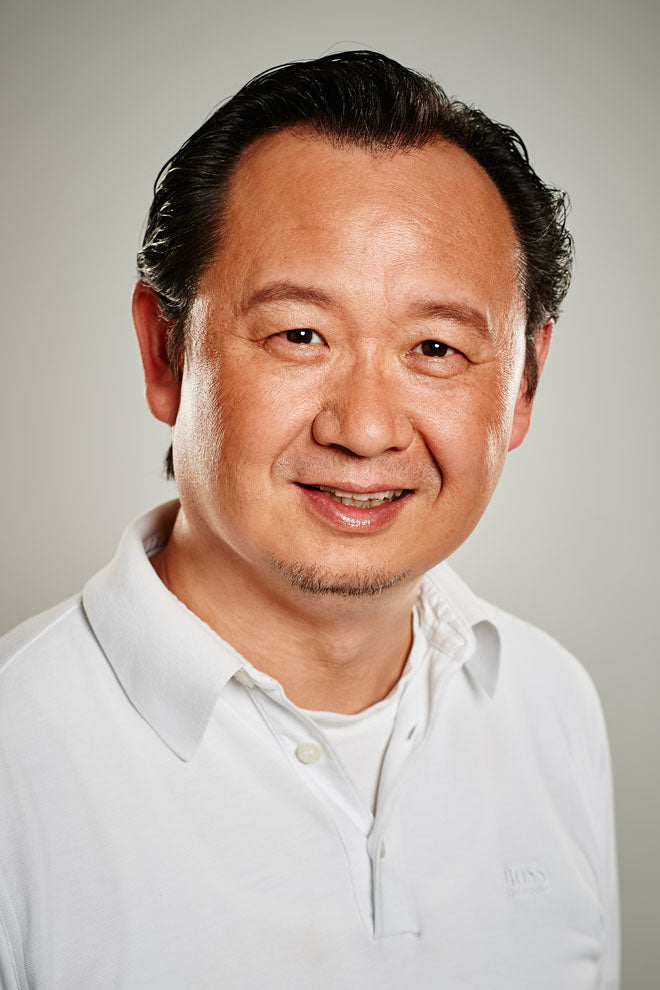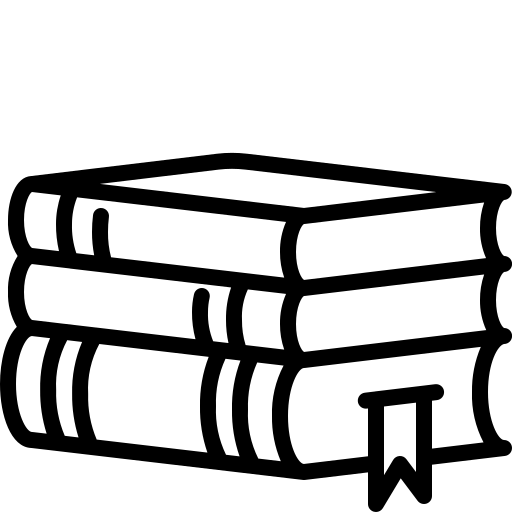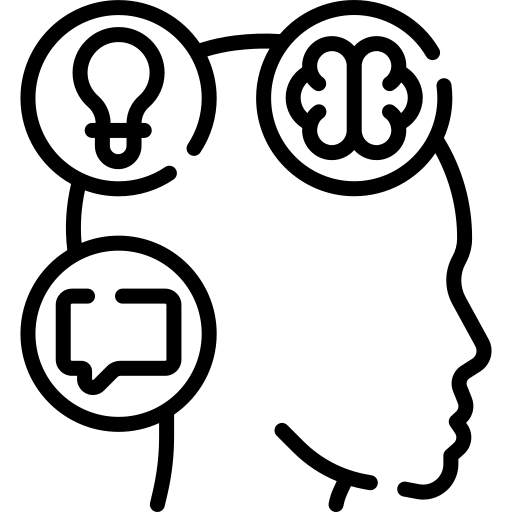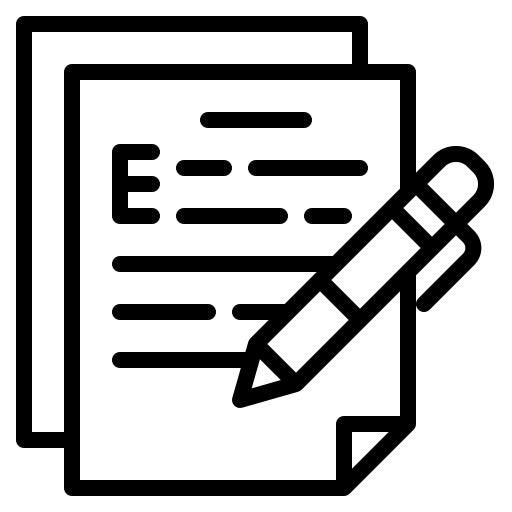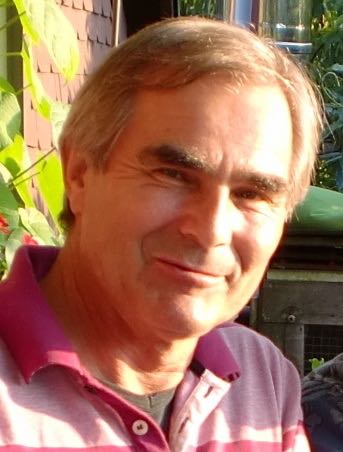
“The art of seeing – more vividly, sharply, with more contrast and more color – can be trained with simple exercises!”
“The art of seeing – more vividly, sharply, with more contrast and more color – can be trained with simple exercises!”
Interview with the qualified teacher and vision trainer Wolfgang Hätscher-Rosenbauer about " Little Eye School "
"With the eye school's exercise modules, you can strengthen your personal vision and optimize all visual functions and qualities. If you consciously perceive both of your eyes and handle and practice them with care, all of the brain's resources involved in the visual process will be activated. You will be able to enjoy new visual experiences that will also stimulate all of your other senses."
The vision trainer Wolfgang Hätscher-Rosenbauer, author of the compact guide “Little Eye School”, has developed an exercise program in eight modules: The eye school teaches natural, optimal visual behavior, strengthens existing visual abilities, relaxes and regenerates strained eyes and helps to avoid or overcome one-sided vision and eye strain.
The so-called media age has led to an increasing need for information to be communicated and processed visually. What impact does this have on people's eyes and vision?
Hätscher-Rosenbauer: If we look at the evolutionary development of human vision, we have only recently become habitually looking at small, close-up monitors such as smartphones, tablets, notebooks and PCs for such long periods of time. This quickly leads to eye fatigue, burning and dry eyes and a decline in vision. According to the latest statistics, 90 percent of young people in big cities worldwide are short-sighted. This cannot be due to genes, but rather to our viewing habits.
The “eye school” aims to strengthen the individual’s existing visual ability – whether it is minimal residual vision on the one hand or “eagle eyes” on the other – and to optimize all visual functions and qualities. What is the advantage over conventional “visual aids”?
Hätscher-Rosenbauer: Conventional visual aids such as glasses and contact lenses correct visual acuity in the case of ametropia only optically and mechanically. They do not help to regenerate exhausted vision or to resolve strained, rigid visual behavior. If this does not happen, however, the result is often further progression of ametropia, even despite the use of visual aids. The eye school aims to convey an optimal visual behavior intended by nature that strengthens all existing resources of the sense of sight in order to avoid and overcome a one-sidedness of vision - also caused by culture and the spirit of the times.
The Eye School is a holistic vision health promotion program based on over 30 years of experience with eye training and scientific research. What was the initial motivation for this approach and what insights were gained?
Hätscher-Rosenbauer: The initial motivation for this approach was a personal experience: During a trip lasting several months, I was able to drastically reduce the severe short-sightedness I had developed over the course of 20 years and improve my vision enormously by doing away with visual aids and gaining experience with vision training. In the BMFT's "Work and Vision" research project, in which I was involved in the 1990s, it was proven that a holistic approach to vision training can reduce or prevent many of the problems that arise in connection with high demands on vision - e.g. when working at a computer screen. This led to the introduction of a holistic eye school as part of health promotion, analogous to the well-known back school.
The human eye is an extremely complex organ and the actual seat of the visual process is the brain. What prerequisites are necessary to understand vision as an "art" that can be learned?
Hätscher-Rosenbauer: The actual process of seeing takes place in the brain, not in the eyes. We do not see with our eyes, but through our eyes. The brain organizes the process of seeing both passively – through evolutionary knowledge – and actively through our focused attention. It uses the resources needed to complete a task or satisfy an interest. For example, if you are interested in buying a new car, you will see that car everywhere; if you are pregnant, you will see pregnant women everywhere. If you only look forward, you are only activating your central vision and not your peripheral vision. If you do not care about colors, you will not see them as intensely as someone in whom they trigger emotions, etc.
If we learn to be more conscious of our vision in everyday life, if we understand the eyes as part of our body, promote their optimal mobility, activate the entire field of vision, promote the mobility of the inner eye muscles (pupillary reflex and lens muscles), if we are aware that we have two eyes for seeing and use both of them, if we perceive the vibrancy of the colors around us and pay attention to our dreams and inner images - then we challenge our brain to mobilize all the resources involved in the visual process. We avoid some visual functions - for example central visual acuity when reading - being overtaxed, while peripheral perception is undertaxed throughout the day.
For example, if I am aware that I have spent four hours a day looking at abstract symbols in front of a monitor, then perhaps I should go out into nature and let my eyes wander over fields of color to compensate. I don't need glasses that focus on detail, but can also enjoy the beauty of colors seen blurred. We perceive art as something that touches us on the inside. Learning the art of seeing means consciously creating this "permeability" from time to time, allowing yourself to be touched deep inside by things that you see on the outside, and being open to these things, such as the beauty of a sunset or the smile of a child.
Personal vision depends on one's physical, mental and emotional state. What processes influence this?
Hätscher-Rosenbauer: Are we even capable of understanding our vision as a holistic phenomenon? That is a big challenge. Many vision problems arise overnight, for example: Since the eyes are active with all muscle movements when dreaming (so-called REM phases), people often wake up with red, exhausted eyes during times of emotional or mental stress and wonder where this comes from. If vision deteriorates or eye diseases occur, it is worth considering emotional and mental causes, paying attention to your dreams (these often offer possible solutions) and thoroughly relaxing your eyes before falling asleep.
The eye school consists of eight modules that build on each other and can be integrated into everyday life as exercises. What exactly is trained here and what options are there to improve your own vision?
Hätscher-Rosenbauer: I would like to understand training here in the sense of the English term to train = learn, develop and the exercises as an opportunity to experience interesting aspects or qualities of vision that enrich perception. Because then I will be happy to repeat this experience more often and at some point what began as an exercise will become a habit. So I see practice as an opportunity to expand experience, to have new experiences. The more open-minded someone starts, the more exciting it becomes. Each module aims to expand the experience of a quality of vision associated with the process of seeing. When I experience this, I become aware of it and pay attention to it. If I then handle it carefully, it increases. If I no longer pay attention to it, it creeps out of my perception again and I fall back into my old, limited, rigid way of perceiving. But I can then activate the quality of vision again and more easily than before - that is how the learning process happens.
In the first module, the eyes are made aware of as a part of the body that can only function optimally in optimal connection with the body.
The second module stimulates optimal mobility of the eye muscles. Only completely relaxed eye muscles have optimal mobility; only eyes with optimally mobile eye muscles can see well.
The third module shows that the field of vision can be very, very wide open and that the peripheral perception areas at the very outside are responsible for the networking with all the other senses. I therefore also activate all the other senses by paying attention to the periphery and my spatial environment.
In the fourth module, the mobility of looking near and far comes into play. This keeps the lenses of the eye elastic and clear, ideally for a lifetime.
The fifth module is about the optimal interaction of looking through both eyes and about spatial perception, which is only possible with both eyes working together harmoniously.
In the sixth module, the sense of color is activated and with it the sense of sensual and energetic vision. The term "vision" is also associated with the luminosity of colors. If we revitalize our perception of color, we also connect with inner creative sources.
In the seventh module we become aware that the sense of sight is active in both directions - outwards and inwards. Without a visual memory we would not be able to remember what we have seen, without a visual imagination we would not be able to make inventions or solve problems. How often have we heard the sentence as children: "You're only imagining it", as if it were worthless! But our imagination is our greatest treasure.
And the eighth module deals with the everyday suitability of what has been experienced so far as well as the invention and establishment of useful habits for healthy vision.
What is the truth behind the recommendations we heard so often as a child, such as “carrots are good for your eyes” or “poor light when reading is bad for your eyes”?
Hätscher-Rosenbauer: Yes, carrots are a source of provitamin A, which our eyes need in abundance (even more so when we look into light sources such as PCs) – but there are, as described in the book, other tasty sources of vitamin A.
And yes, poor (ie weak) light when reading weakens the eyes. When reading, the eyes need sufficiently bright light and occasional dark breaks (cover with palms of hands), as the visual pigment in the rods and cones only regenerates in complete darkness. After a minute of dark bathing, you will see with more contrast again - try it out.
Book tip:
Wolfgang Hätscher-Rosenbauer: Little eye school. Exercises and tips for healthy and lively vision. Compact guide, Mankau Verlag, 1st edition November 2016, paperback, color, 127 pages, 7.99 euros (D) / 8.20 euros (A), ISBN 978-3-86374-314-7.
Link recommendations:
More information about the compact guide "Little Eye School"
To the reading sample in PDF format
More about the author Wolfgang Hätscher-Rosenbauer
To the Internet forum with Wolfgang Hätscher-Rosenbauer
